- Itinerari
- Active & Green
In Valganna
Saints, pilgrims, artisans and master brewers
Stop 1: Maglio di Ghirla
Stop 2: lago di Ghirla
Stop 3: Badia di San Gemolo
The municipality of Valganna has four towns: Ghirla and Ganna, the two main towns that have lakes with the same names, and the additional hamlets of Boarezzo and Mondonico. The valley, on the other hand, which is called Valganna, unfolds north of the city of Varese and continues on to the mouth of two lakes Ceresio and Maggiore.
This area, which is popular with tourists, is perfect for a hike at any time of the year: during the summer if you are in search of cool weather, and in winter for nature walks, frozen lakes and waterfalls.
The Valganna has been traversed over the centuries by people from the north as they travelled the trade and pilgrimage routes, which can still be taken today.
In this itinerary we suggest a section of the Via Francisca, which passes right through Valganna, to find several places of interest with a variety of characteristics.
Mostra cosa c'è nelle vicinanze:
Itinerary stages
Maglio di Ghirla
You will start at the Maglio di Ghirla, one of the oldest and best preserved mills in the entire province.
It dates back to the 17th century, when Master Ludovico Parietti decided to purchase the building to secure employment for his three sons in the iron forging sector. In 1791 the mill was sold to the Pavoni family, who kept it alive and productive until 1991.
Lago di Ghirla,
Continuing along the shore of Lake Ghirla, surrounded by meadows and woods, you will enjoy the pure air and the stillness of nature. It is a lake of glacial origin that has preserved its natural appearance with its shores populated by reeds, birds and small animals.
Badia di San Gemolo
Finally, you will arrive at the Badia di San Gemolo in Ganna, which stands in a strategic location along the Regina del Ceneri road. This position allowed the abbey throughout the Middle Ages to be an important road junction, a safe haven for pilgrims, an efficient seat of government and a communication point with the nearby Ticino region.
The term badia refers to the architectural complex consisting of the church, bell tower, cloister, guest quarters and surrounding monks' dwellings. The church dates back to 1100-1125, but it was not consecrated until 1160. It is a famous place of worship dedicated to the memory of the martyr San Gemolo, whose remains are still in the altar of the church.
Visitors who would like to continue on the journey of discovering Valganna can plan a stop at the Waterfalls or a visit to the prestigious Poretti Brewery.
The Cascate della Valganna (The Valganna Waterfalls), known to locals as "Pisabò," are located in Induno Olona. During the colder months the water freezes, creating original, fairy-tale-looking sculptures. Next to the waterfalls you can visit the Grotte della Valganna and a deep gorge that branches off, to the south, to the Poretti Brewery industrial complex, an important industrial area and a must-see for all beer lovers.
It was built at the behest of Angelo Poretti, born in 1829 into a farming family. After he travelled around Europe, he was inspired by the best master brewers in Austria, Bohemia and Bavaria. In Valganna he found an area that was favourable for brewing, near the Fontana degli Ammalati (Fountain of the Sick), whose water was known for its "miraculous" purity.
Water, malt, hops and yeast: on December 26, 1877, the first Poretti brand beer was brewed. It was an immediate success. Angelo Poretti then needed to expand the factory and entrusted the project to German architects Bihl and Wolz, who designed the Jugenstil factory, which is still in use today. Angelo Magnani, Poretti's nephew, wanted to have the art nouveau Villa Magnani built, and entrusted it to the architect Ulisse Stacchini in 1903.
At the facility, which has been owned by Carlsberg Italy since 2002, you can still relive the magic of the birth of beer and immerse yourself in the aesthetics of the early 20th century.
